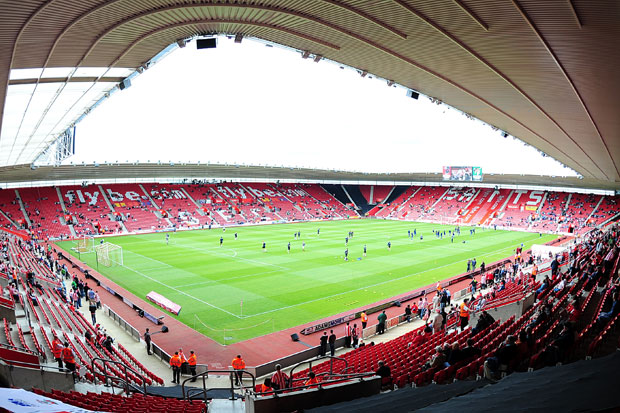By David Owen
March 31 – Southampton have joined the stampede of Premier League clubs reporting unusually strong profits for last season. The South Coast club, currently lying an impressive sixth in the league table and playing consistently well under Dutch coach Ronald Koeman, have announced that after-tax profit for the year ended June 30, 2014 reached £33.4 million, compared with a £7.1 million loss the previous year.
The club has also returned to a positive net asset position – of £31.8 million, against net liabilities of £1.6 million the year before. Given the volume of transfer activity involving the club last summer, with various high-profile players leaving for big-name clubs, there must be a strong chance that 2014-15 profits will also be strong.
David Bence, chief financial officer, injected a level-headed note, however, when he said that financial statements over the last three years showed “a total net cash outflow on player trading of £58 million and investment in group infrastructure of £28 million (training ground and stadium projects). This cash outflow of £86 million has been funded by £14 million of total profit after tax over the three-year period, leaving an additional £72 million to be effectively funded by an increase in the total group debt position.”
Bence went on: “The maximum debt position is forecast to peak during the financial year ending June 2015, after which the debt levels will start to reduce over the medium term. The profit from player trading over the summer 2014 transfer window has all been reinvested in transfer fees, player wages and additional football-related costs, in order to support the aspirations of the 2014-15 season.”
In what has become a familiar pattern, total revenue at the club, which has reverted to playing in its familiar red and white stripes, climbed markedly to £106 million (2013: £71.8 million) as a direct consequence of increased broadcasting income.
While total wages, including players, rose from £41.4 million to £55.2 million, the pace of revenue growth was enough to enable the operating costs to turnover ratio to be brought down from 88% to 78.2%, and the staffing costs to turnover ratio to dip from 65.5% to 59.3%.
Profit before player trading increased from £8.6 million to £25.3 million. Spending on the club’s training ground project was said to have exceeded £25 million, with the full project cost put at an estimated £38 million. As of the balance sheet date, the financial statements show a total debt position of approximately £50 million.
Gareth Rogers, chief executive, said there were “lots of positives to take from these financial results. Recording the first profit and positive net asset position for the first time since administration in 2009 is very pleasing.”
Contact the writer of this story at moc.l1731768006labto1731768006ofdlr1731768006owedi1731768006sni@n1731768006osloh1731768006cin.l1731768006uap1731768006

